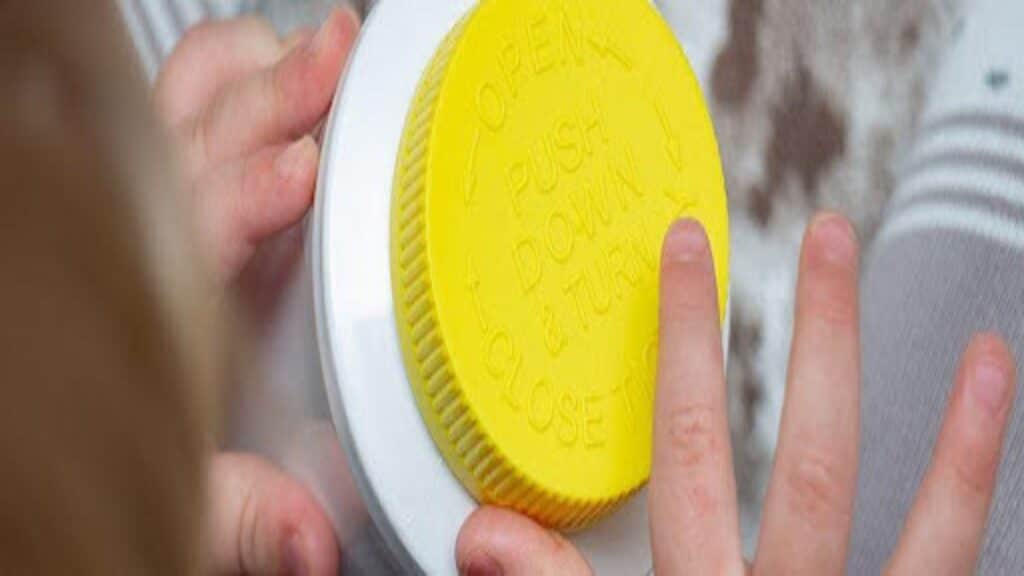
The best child-resistant packaging tick the box in two key areas;
- First, they are designed to be difficult for children to open and retrieve the content inside, which may be harmful and injurious to their health (cannabis, for instance!)
- Secondly, they are made so they are still easily accessible for seniors and adults who actually need to use the content inside the package.
We discussed this in our recent guide on Child Resistant Packaging: Keeping Children Safe.
That recent post also discussed what is considered child-resistant packaging as well as why and how to choose the best child-resistant packaging for cannabis.
Today, we’ll explore the basics of child-resistant packaging, as per the standards of the U.S. Food and Drug Administration (FDA).
Child-Resistant Packaging Statements in Drug Product Labeling
Some time ago, the FDA released the “Child-Resistant Packaging Statements in Drug Product Labeling” which they called a Draft Guidance for industry. The release, aimed at applicants, product manufacturers, packaging companies, retailers, and more, contained details on how products sold in the US must be labeled if the packaging is child-resistant.
Child-resistant packaging has huge public health significance.
Children need to be prevented easy access to products that could harm them. While the FDA is tasked with assessing and authorizing applications for child-resistant packaging, the responsibility for the enforcement of this law for food, pharmaceuticals, and cosmetic products has fallen on the U.S. Consumer Products Safety Commission (CPSC) since 1973.
How to Make Child-resistant Cannabis Packaging
The Poison Prevention Packaging Act (PPPA) of 1970 made it a matter of responsibility for manufacturers and packaging operators to ensure children under the age of five are prevented from access to harmful food and drug substances.
While there are different ways manufacturers use to design child-resistant packaging, the most common method usually involves incorporating a child-resistant closure like a safety cap or peel-push blisters, in some cases. The method, however, varies with the type of product and the packaging material.
How the FDA Evaluates Child-resistant Packaging
Upon application, the FDA will assess the application and packaging to ensure the boxes are ticked at all of the right places. Usually, this will include evaluating;
- The type of packaging material used.
- How stable the product is inside the packaging used, and
- Whether the closure design is appropriate for the product in question.
While the FDA might not check whether the product complies with other guidelines in the Poison Prevention Packaging Act (PPPA) enforceable by the CPSC, issues with the packaging will hamper your application and subsequent mass production.
Conclusion
Child-resistant packaging is a must for cannabis-based businesses.
The FDA Draft Guide for Industry on “Child-Resistant Packaging Statements in Drug Product Labeling” outlines the basics of proper labeling for products packaged in child-resistant packaging. It’s a very important aspect of your business that you should navigate with proper commitment and dedication.
Tin King USA manufactures child-resistant packaging for cannabis-based businesses as well as for other brands in the foods, pharmaceuticals, and cosmetics industry.
We’ll be more than happy to help meet the unique needs of your customers while complying with every bit of regulatory requirements.
